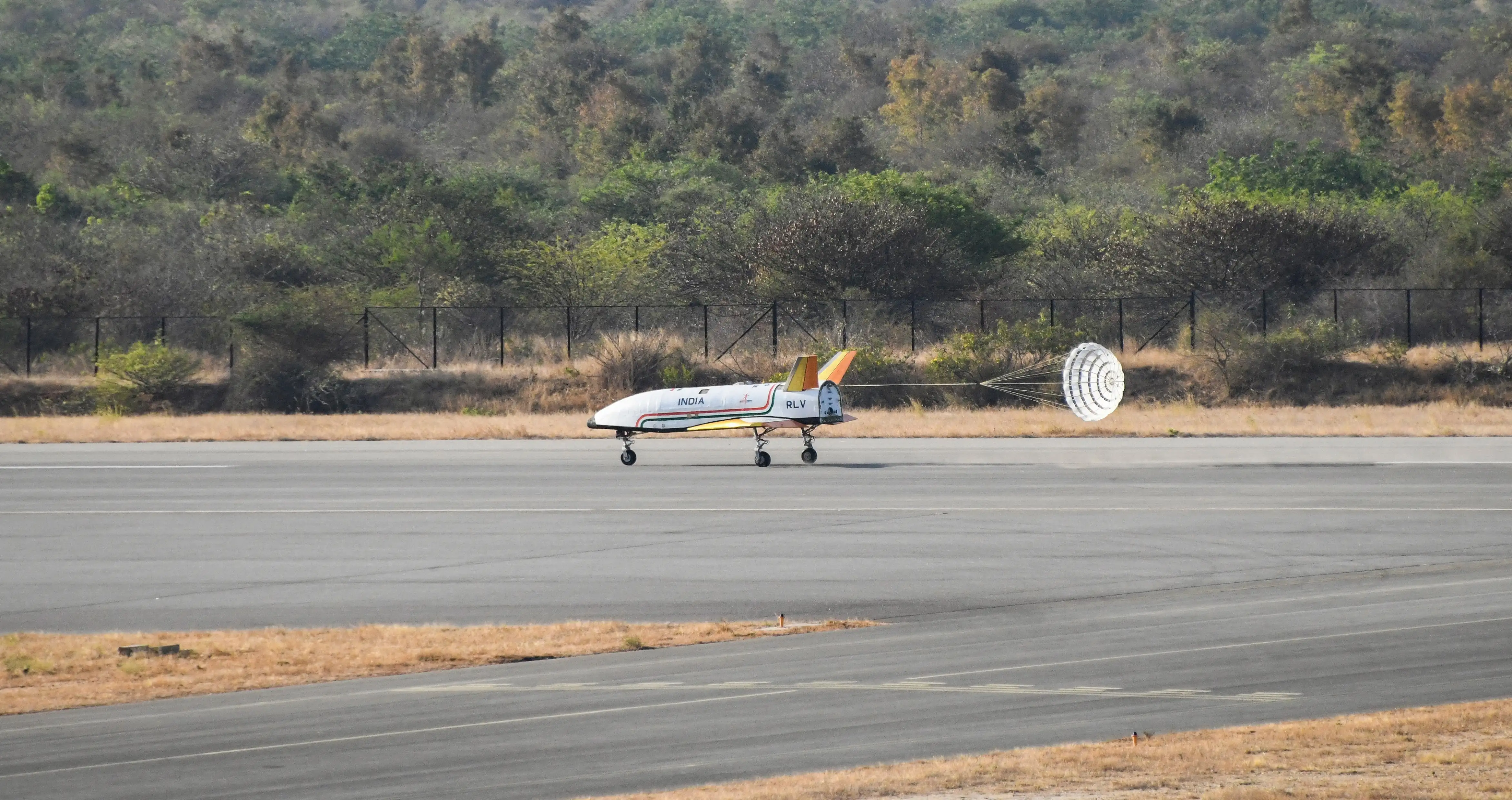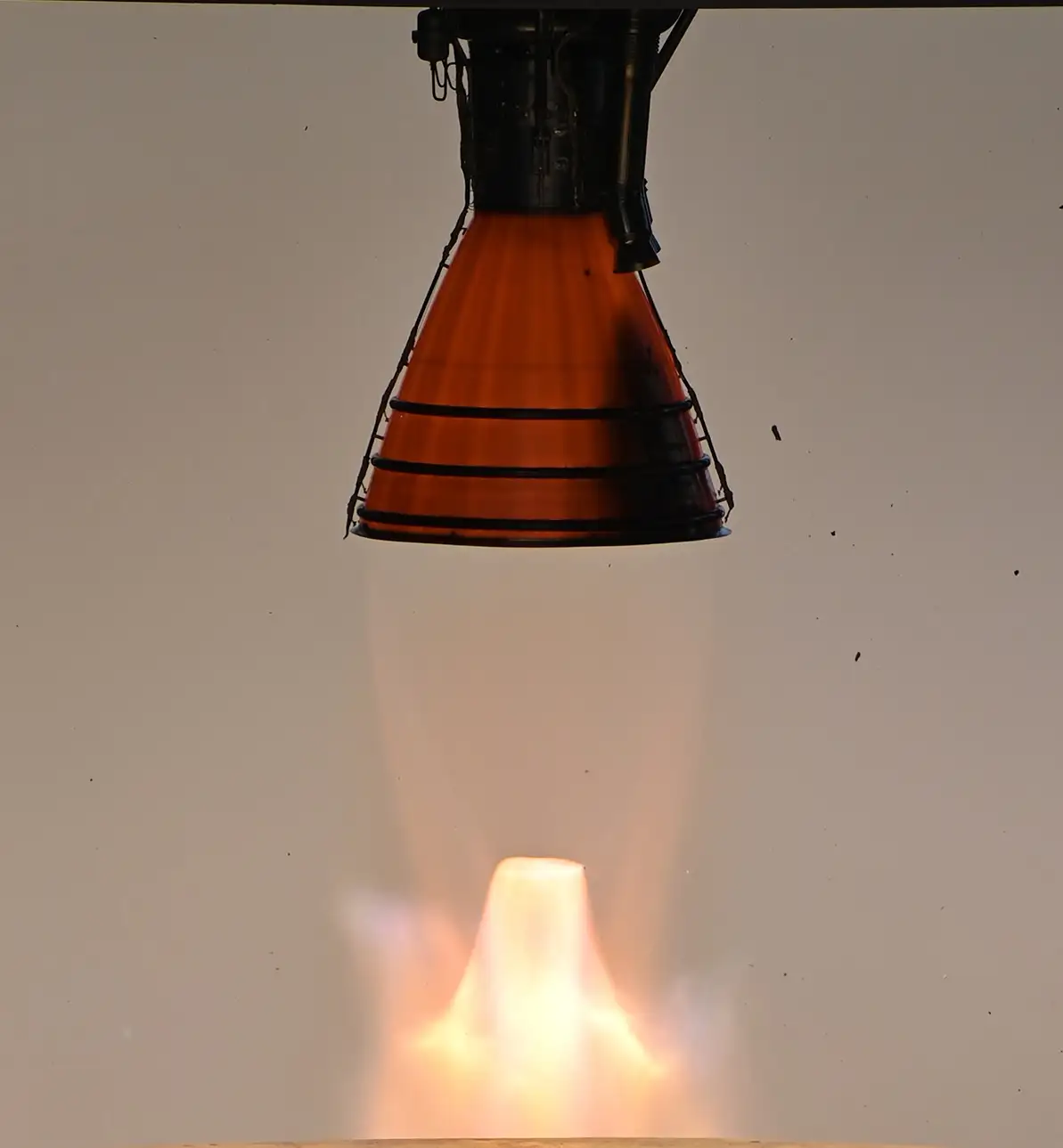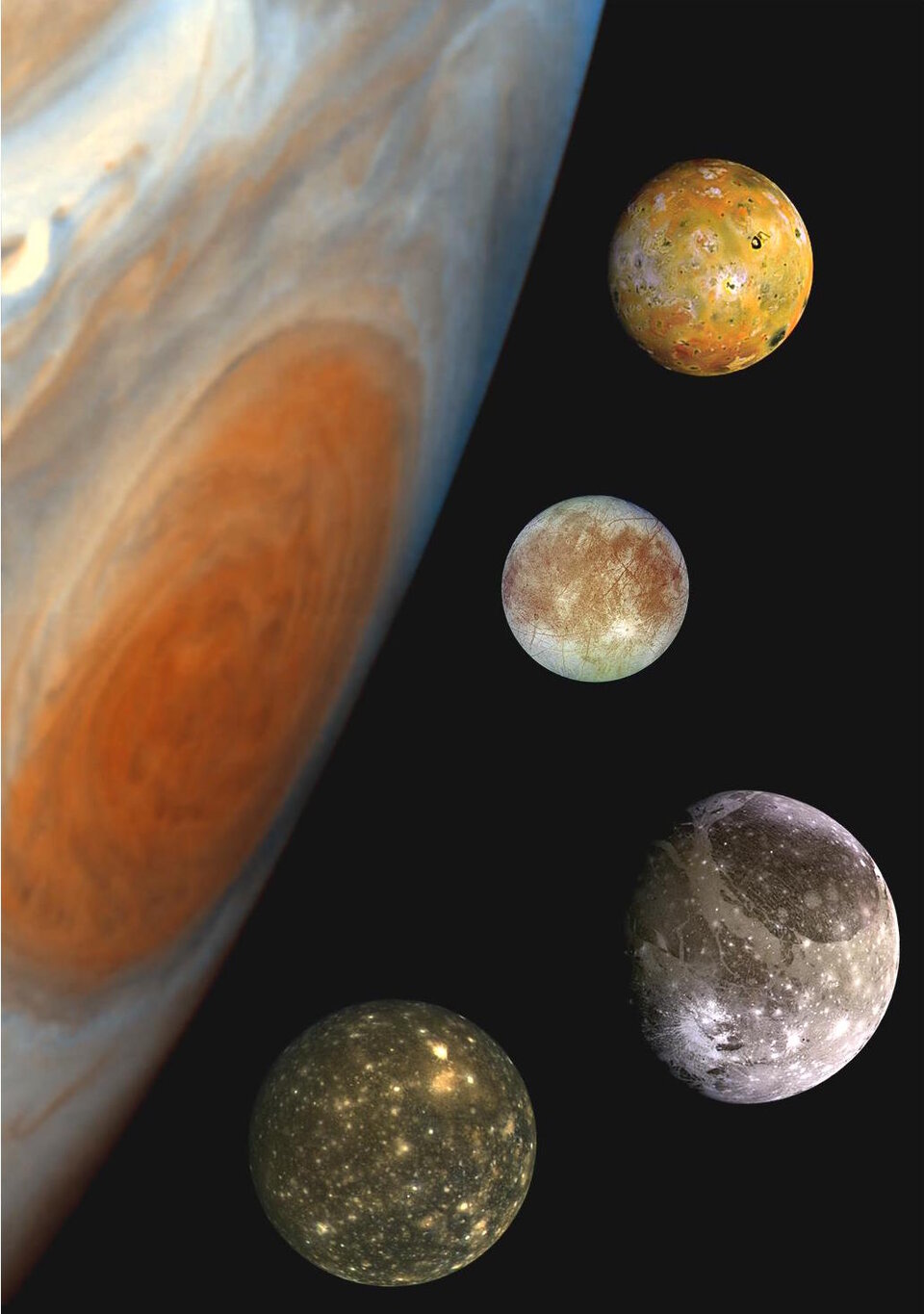April' 2023
April 2: "Axiom Mission 2: Private Astronaut Journey to ISS via SpaceX Falcon 9"
Axiom Mission 2 (Ax-2), set for May 21, 2023, marks Axiom Space's second all-private astronaut mission to the International Space Station (ISS). The mission, targeting a launch window at 5:37 PM ET, involves a Dragon spacecraft atop a SpaceX Falcon 9 rocket. The crew includes retired NASA astronaut Peggy Whitson, John Shoffner, Ali Alqarni, and Rayyanah Barnawi from Saudi Arabia. The 12-day mission comprises 10 days aboard the ISS for scientific investigations. Launch viewing packages, like the "Feel the Heat" package at $250 plus tax, offer exclusive access to the Banana Creek Launch Viewing Area, providing a close-up view of the launch pad. The Falcon 9 booster is set to return to Earth and land at Landing Zone 1 at Cape Canaveral Space Force Station.

April 2: "ISRO's Groundbreaking: Autonomous Landing of Reusable Launch Vehicle"
In a historic achievement, ISRO executed the Reusable Launch Vehicle Autonomous Landing Mission (RLV LEX) on April 2, 2023, at Karnataka's Aeronautical Test Range. This groundbreaking test involved the release of the RLV mid-air from a Chinook Helicopter, reaching an altitude of 4.5 km. Following predetermined parameters, the RLV autonomously conducted approach and landing maneuvers akin to a space vehicle's re-entry, demonstrating precision in high-speed, unmanned landings. The mission, a global first, employed advanced technologies like Navigation systems, Radar Altimeter, and indigenous Landing Gear, signaling a leap toward cost-effective launch systems. This triumph marks a significant stride in India's pursuit of a reusable launch vehicle, establishing new benchmarks in aerospace innovation through collaborative efforts between ISRO, IAF, and allied agencies.

April 6: "ISRO's Human-Rated Vikas Engine Test: Crucial Step for Gaganyaan's L110 Stage"
On April 6, 2023, ISRO achieved a pivotal milestone with the successful completion of the human-rated L110-G Vikas Engine's final extended hot test. Conducted at the ISRO Propulsion Complex, this achievement holds significant importance for ISRO's Gaganyaan human spaceflight program. The engine, integral to the liquid core stage of the LVM3-G launch vehicle, underwent rigorous testing, meeting all qualification criteria.
The L110 stage's design, realization, and testing were performed by different ISRO centers, showcasing collaborative efforts. Noteworthy features of the human-rated Vikas engine include enhanced structural margins, advanced assembly techniques, and health monitoring systems. The thorough test campaign involved multiple engines and various operational scenarios, demonstrating ISRO's commitment to ensuring the engine's reliability for crewed missions. This milestone marks a substantial leap toward India's aspirations in human spaceflight endeavors.

April 14: "Europe's JUICE Mission: Probing Jupiter's Moons for Habitability"
Europe's JUpiter ICy moons Explorer (JUICE) mission took flight, commencing a groundbreaking voyage to study Jupiter's icy moons—Ganymede, Callisto, and Europa. Lifted by an Ariane 5 rocket on April 14, 2023, the spacecraft aims to scrutinize these celestial bodies, believed to harbor subsurface liquid-water oceans. JUICE's path involves four gravity-assist flybys, including Earth and Venus, before reaching Jupiter in 2031. With ten cutting-edge scientific instruments, the mission anticipates intense observations during 35 flybys, exploring Ganymede's mysteries and seeking habitable environments beneath the icy crusts. The mission heralds a new chapter in space exploration, promising profound insights into the potential for life beyond Earth.

April 20: "Decoding the Rare Hybrid Solar Eclipse of 2023"
A hybrid solar eclipse, a celestial rarity occurring approximately once a decade, showcases a fascinating blend of annular and total solar eclipses. This cosmic spectacle offers a unique experience depending on the viewer's location along the eclipse path. Witnessing the event at sunrise or sunset unveils a fleeting "ring of fire," while midday observers encounter totality. However, the hybrid nature renders it impossible to witness both annularity and totality during this phenomenon. Due to the rarity and complexity of this eclipse type, understanding its occurrence involves grasping the moon's distance, Earth's curvature, and the nuances of its shadow. With the next hybrid solar eclipse anticipated on November 14, 2031, sky enthusiasts eagerly await this captivating astronomical event that offers a glimpse into the intricacies of our celestial dance.
